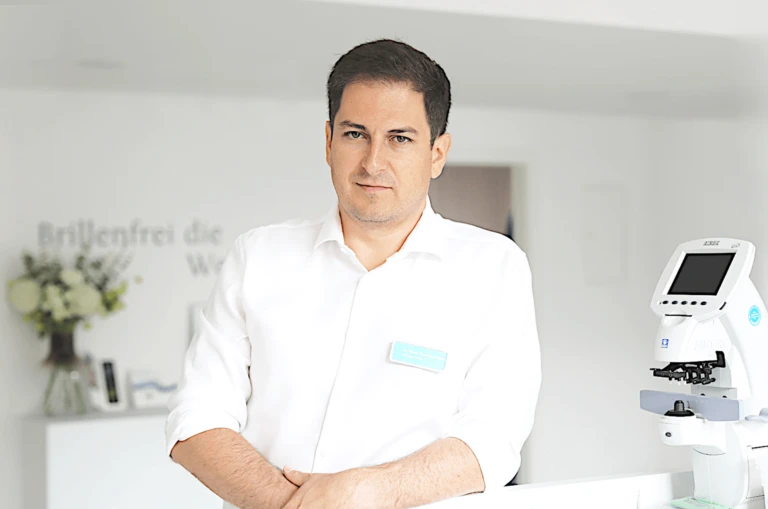Dr. med. univ. (Vienna), FEBO Victor Derhartunian
A doctor by vocation, Swisslaser’s chief surgeon in Warsaw and Krakow, with more than 10 years of experience in performing refractive surgery procedures. He studied medicine at the University of Vienna, and learned the profession of ophthalmology from the pioneers of laser surgery: prof. Dr. n. med. Thomas Kohnen (University Clinic of Ophthalmology in Frankfurt) and Prof. Dr. n. med. and Dr. n. atr. Theo Seiler (IROC Institute in Zurich), who performed the world’s first laser vision correction.
Patients particularly praise Dr. Derhartunian’s professionalism and empathy, and appreciate his personalized approach and the thoroughness of the procedures performed.
